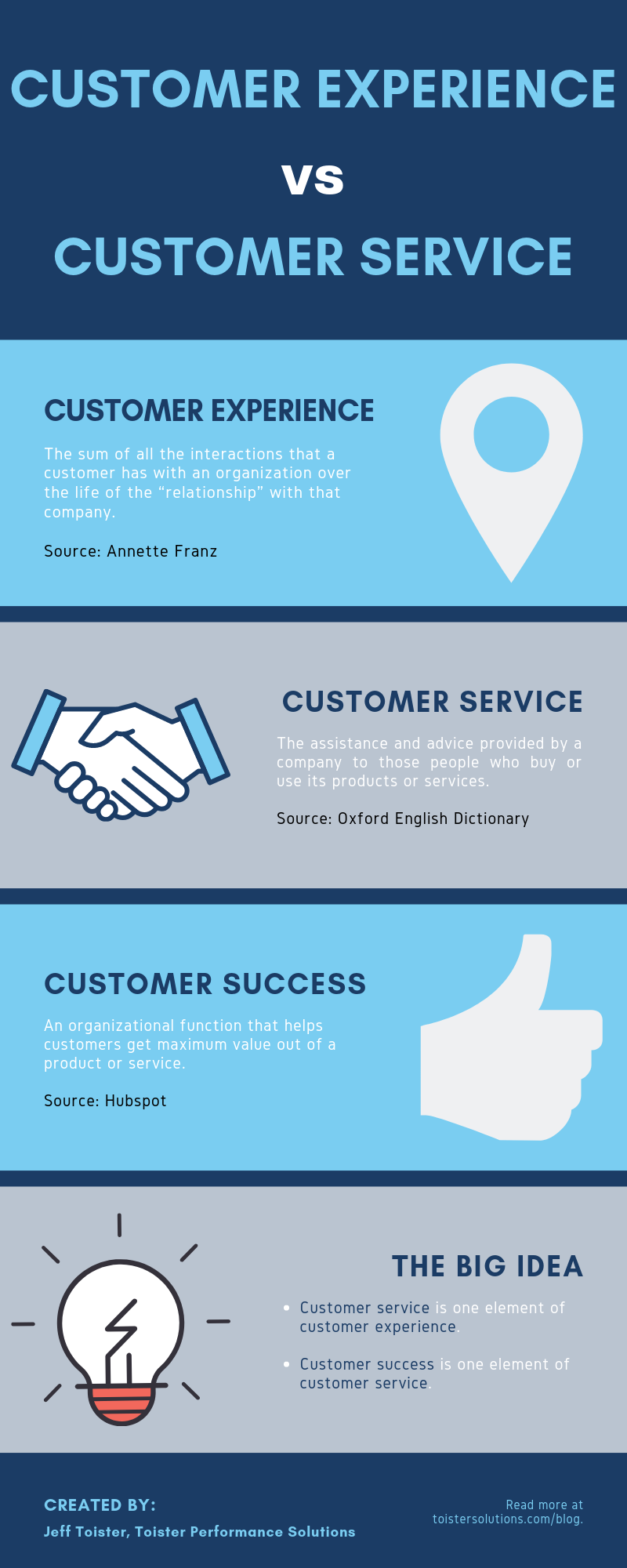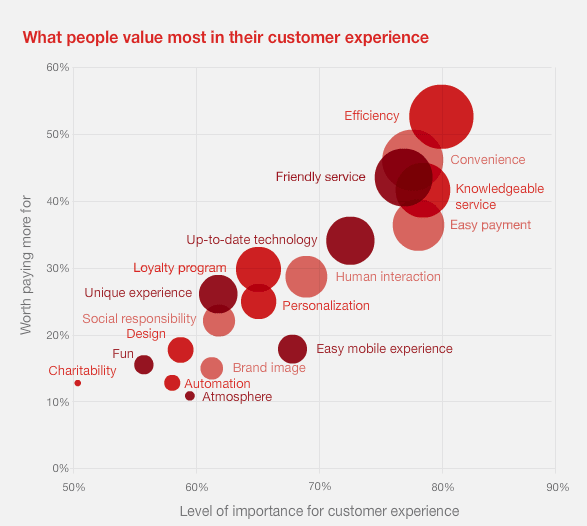Was it one friction point or 18?
That's the question from a recent furniture buying experience. One seems minor, while 18 feels egregious. The answer depends on your perspective.
I don't want to name the company, so let's just call them "Ceramics Shed." From their perspective, there was one service failure. Ceramics Shed issued a partial refund on shipping due to a misunderstanding over the delivery process.
From my perspective, there were at least 18 noticeable friction points in the experience. Buying furniture from Ceramics Shed has been a painful process. It's unlikely I'll do business with this company again.
Here's an account of those friction from the customer's perspective (mine).
My intent is not to call out the company for a poor experience, which is why I cleverly changed the name to make it harder to identify. The goal is to illustrate the dangers of missing your customer's perspective.
Discussion question: How many of these issues would have been detected by your company?
The high-friction furniture buying experience
I ordered a pub table and four barstools for a room I'm updating in my home. The first friction point came when I tried to place the order online. It proceeded to get comically worse.
Friction #1: The Ceramics Shed website didn't offer precise delivery dates for the items. Here were the quoted delivery windows:
Barstools: October 15-19
Table: October 23-November 6
These are way too broad. Why not just put, “When we get to it” or “Soon” as the delivery window?! The vague delivery dates were a real problem because I knew I'd be home to receive the shipment on some of the dates, but not on others.
Friction #2: There was no obvious way to get a better shipping estimate from the website, so I called to place the order. Cue sad hold music. Nobody likes to call to finish an online order.
I was able to get a better shipping window from Samantha, the customer service rep I spoke with. Samantha promised all of the items would be delivered together on October 28 via "white glove" service.
Friction #3: The total delivery charge for the order was $288.60. This is incredibly expensive, especially when you consider that Ceramics Shed has local stores. Similar local competitors typically charge $99 for furniture delivery. I reluctantly agreed to the charge because the table and chairs were exactly what I wanted.
Friction #4: Ceramics Shed sent an email recapping my order. It gave the original shipping windows I had seen from the website, rather than confirming the October 28 delivery date I had agreed upon with Samantha.
Friction #5: Another email. This one told me the barstools had shipped and would be delivered on October 14. Did I mention Samantha told me the order would arrive on October 28? Avoiding this hassle was the whole reason I called in the first place (see Friction #2).
Friction #6: The barstools were delivered on October 13. Ceramics Shed clearly plays fast and loose with time. If you're keeping score, that didn't hit any of the three promised delivery windows:
Website: October 15-19
Samantha: October 28
Email: October 14
Friction #7: The barstools were left outside my front door in large packages. Samantha had promised me "white glove" delivery when I placed the order and paid an exorbitant $288.60 for shipping. She had confirmed that white glove means the delivery team would place the items inside my home and haul away all the packaging.
Friction #8: The cardboard boxes the barstools came in were too large to fit inside my recycling bin, so I had to break them down and drive them to a recycling center. That chore took more than 30 minutes.
Friction #9: I called to follow up on the table delivery since I was no longer confident it would arrive on October 28 as promised. Just in case it’s not clear, I don’t enjoy repeatedly calling customer service lines.
Friction #10: I had to navigate through endless menu prompts, key in my order number, and then wait on hold for several minutes. Right about now was when I decided to write a post about my experience with “Ceramics Shed.” Fortunately, I had time to start outlining the key points.
Friction #11: An employee named Rebecca answered the phone. The first thing she asked me for was my order number, even though I had already entered it into the phone menu. Rebecca explained that the order numbers don't come through to her system. (Then why did I have to key it in, Ceramics Shed?!)
Friction #12: Rebecca checked the status of my order without asking the reason for my call. She told me the barstools would be delivered on either October 14 or 15. I heard this with my ears while I was staring at the barstools that had already been delivered. (Side note: I was proud of myself for not verbalizing the joke in my head about building a time machine.)
Friction #13: Rebecca couldn't help me with my actual problem, so she transferred me to another department. Ceramics Shed really needs to update its phone menu. If I have to navigate through several layers of options, it’s not unreasonable to expect to be connected with someone who is able to assist me.
Friction #14: I was put on hold again. For some reason, I started imagining an alternative version of Willie Nelson's song, "On the Road Again." "I'm on hold again. I'll just wait, 'cause I'm on hold again."
Friction #15: I’m connected with Rashida. It was a cold transfer, meaning Rebecca didn't introduce me or my story to Rashida, so I had to repeat my order number and re-explain my problem. I find myself empathizing with Bill Murray’s character in Groundhog Day.
Friction #16: Rashida initially focused on contradicting Samantha, the person who took my order. “No! No! No!” she said. Her tone was very scold-y as she told me that the barstools and table could not have shipped together. By now, I'm getting weary of all the misinformation coming from Ceramics Shed and its employees. I don't even know who to believe.
Friction #17: Rashida tells me she can't give me a firm date when the table will be delivered. She explained the delivery team will call to schedule the delivery once the table is ready to be delivered. I do not trust this will happen. Rashida does agree to give me a partial shipping refund of $161.67.
Friction #18: I’m waiting to hear from the delivery team so I can get the table delivery scheduled. Something tells me this story isn’t over yet. Yay.
Conclusion
Now back to the discussion question. How many of these friction points would you have detected if this had been your company?
There's one simple way to detect most, if not all of these friction points: view the experience through the eyes of your customer.
Follow the customer's journey placing an order with your company.
Be a customer yourself, and experience the actual journey.
Listen when customers share feedback.
That last one is key.
I called customer service twice and shared my feedback with three employees, but I haven’t completed a survey. CX expert, Nate Brown, has an amazingly easy way to collect and organize all the unstructured feedback customers share when they contact us.
Ceramics Shed has lost a long-time customer. It's not just due to a poor experience. It's their general corporate obliviousness to friction.
I suddenly recall my last order was painful, too.



















